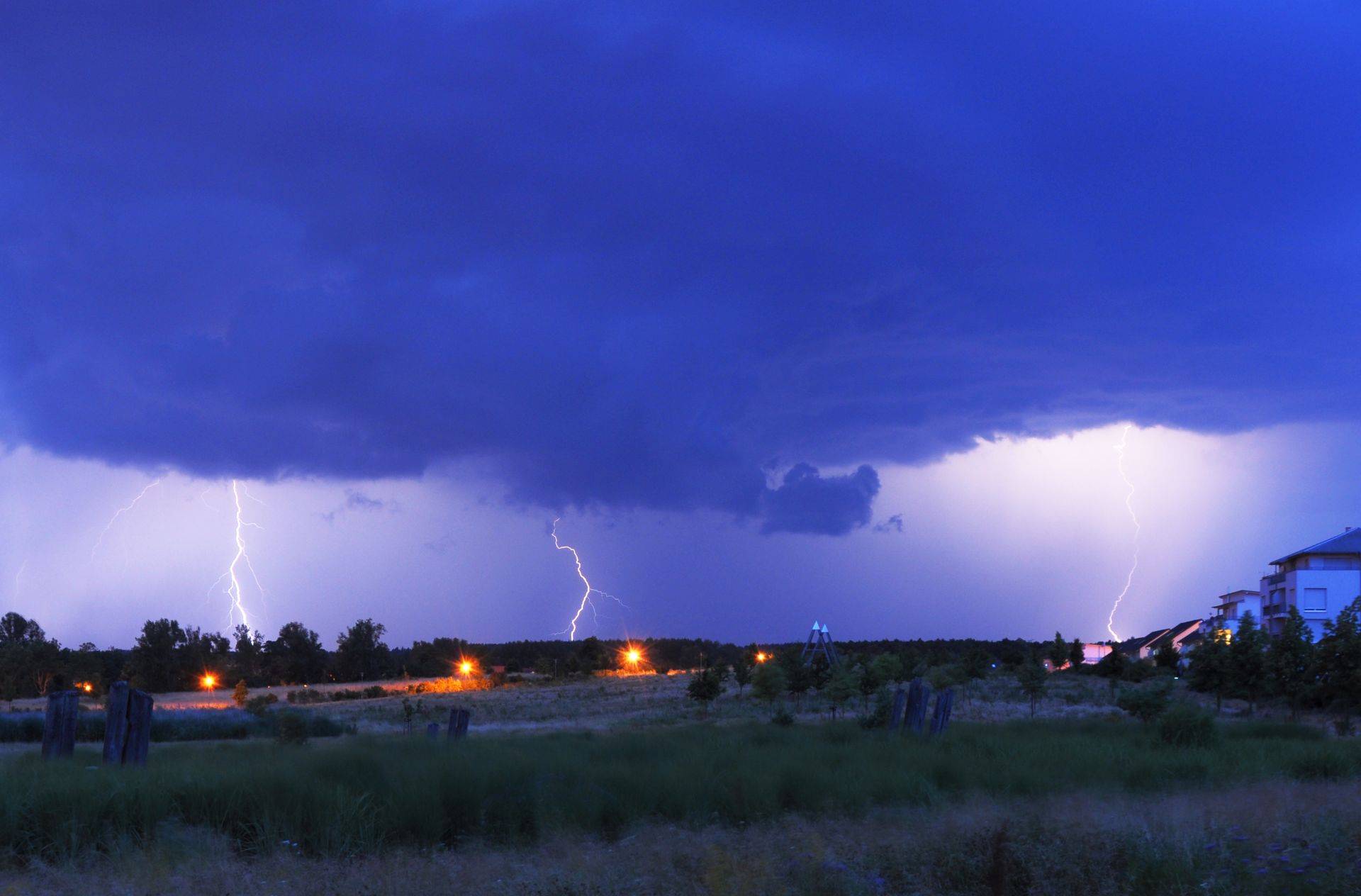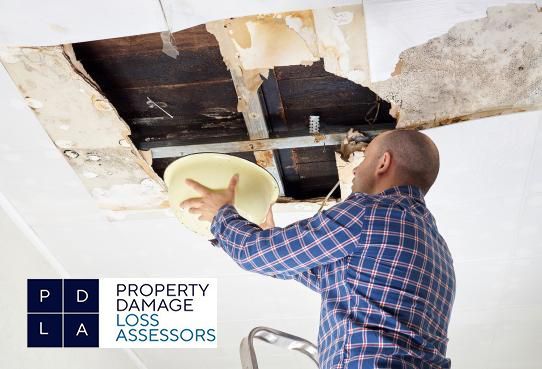Protecting Your Home from Frozen and Burst Pipes
Burst Water Pipes - Frozen water, Damages to your Property
Winter can bring picturesque snowscapes and cosy moments by the fireplace, but it can also bring the dreaded problem of frozen and burst pipes. When the temperature drops below freezing, unprotected pipes and dripping taps are at risk of freezing and cracking, potentially disrupting your water supply. Worse yet, when the temperature rises again, these damaged pipes can spring leaks, causing costly damage to your property. In this blog, we'll discuss how to identify and address frozen and burst pipes to safeguard your home.
Detecting Frozen Pipes
If one or more of your faucets suddenly stop working during a cold snap, it's essential to investigate promptly. Begin by checking with your neighbours to determine if they are also experiencing water supply issues. If they are, there might be a broader water supply problem. However, if your neighbours have no such issues, it's likely that you have a frozen pipe in your home.
What to Do If You Have a Frozen Pipe
If you possess basic plumbing knowledge, you can attempt to locate and thaw a frozen pipe yourself. However, if you're unsure, it's best to call a registered plumber for assistance. Here are the steps to follow if you decide to tackle the issue yourself:
1. Turn off the water supply: Reducing water flow can limit potential leakage or damage if the pipe bursts.
Do this by:
- Finding and turning off your inside stop valve.
- Turn off the stopcock in your cold water tank, usually situated in the attic.
2. Locate the frozen pipe:
- Check the water pressure in appliances like taps and toilets; if it's lower than usual, you're likely in the right area.
- Look for uninsulated pipes, pipes that feel much colder than others, or those exposed to draughts or damage.
- Turn on nearby cold taps to relieve pressure on the frozen pipe but NEVER turn on the hot taps.
3. Thaw the pipe:
- If the pipe and fittings are undamaged, you can gently thaw the pipe.
- Protect or move anything that could be damaged if the pipe bursts when thawed.
- Use a hairdryer on the lowest setting to gently warm the pipe, starting at the end closest to the tap.
- NEVER attempt to thaw frozen pipes using methods like immersion heaters, central heating, or blow torches.

Dealing with a Burst Pipe
A burst pipe is a plumbing emergency that can wreak havoc in your home. Follow these steps to minimise damage and get the situation under control:
1. Limit the damage:
- Turn off the water supply as previously instructed.
- Drain the system by opening all cold water taps and flushing toilets.
- Turn off the central heating and immersion. If you use solid fuel, let it extinguish.
- Once the water heating is entirely off, turn on hot taps to further drain the system.
- If water from the burst pipe is near electrical sockets or switches, turn off the mains if safe. Avoid touching wet switches and call a qualified electrician if needed.
- In shared water supply situations, such as apartment complexes, ensure you have access to the stopcock, usually at the water supply entry point.
2. Seek professional repair:
- While you can make a temporary fix using cloth or tape, it's crucial to have a qualified and registered plumber perform a permanent repair as soon as possible.
- Refill your hot water system BEFORE switching back on your immersion or boiler.
Talk to our team about assessing the damage and helping you file a claim with your home insurance.
Navigating Storm Damage Claims on Your Irish Property


01 6855675 | 057 86 37500 | 087 2061411
DUBLIN
Unit 8 Fashion City, Ballymount, Dublin 24.
D24 EW2P
LAOIS
Unit 4, Vision 85, Zone 3, Clonminam Business Park, Portlaoise, Co. Laois, R32 F785
Call our 24/7 helpline on 087 206 1411 for a free no obligation consultation.
James Armitage & Associates Limited t/a Property Damage Loss Assessors is regulated by the Central Bank of Ireland Registration No. C432996.
Public Loss Assessors
Serving Nationwide
Property Damage Loss Assessors


